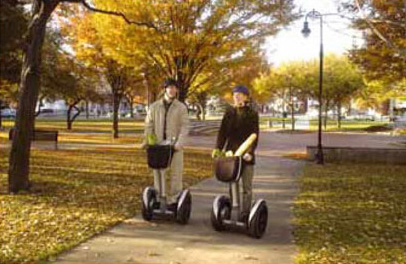Conclusion
Products that display some type of human interaction acknowledge that human beings have a physical form. Our human form gives rise to design restrictions and limitations. Our physical forms differ considerably from one person to the next and our own physical form changes over time. As a consequence of our different physical forms we have different physical abilities. For example, we differ in our reach, our strength, our ability to grip and our ability to sustain effort. To draw a distinction between able-bodied and disabled is too simplistic. Designers need to consider the physical characteristics of all those who may interact with their products – old, young, male, female, large and small. We all have abilities and disabilities!
Designing calls into play our interpretative processes. We display these when we act as designers and when we consume design. All information received by the senses is processed and interpreted. In some ways our interpretations are broadly similar to those of other people – especially where we share a common culture; in other ways our interpretations are unique because our personal circumstances and life events are unique.

When people refer to the function of an object they are usually thinking of the practical, utilitarian functions. However, the psychological function of a product, that is, what associations it has for us, what values we give it and what its shapes, materials, textures and colours mean to us are equally important. User research must apply and develop techniques that uncover the real phychological needs and requirments of users. Producers must learn to apply the findings of user research in a process of user-centred design.
This short video clip reveals how organisations such as Phillips are changing their work processes in response to new priorities for user centred design.
Designing is a process of finding a balance between factors. Nevertheless, the ‘human factors’ of design are some of the most important factors we need to take into account in designing things.
There are various career opportunities in this field. In this short video clip Monica Bueno outlines her career that has led to her working at Phillips.
If you want to know more about studying design at the Open University visit the Courses and Qualifications website.
